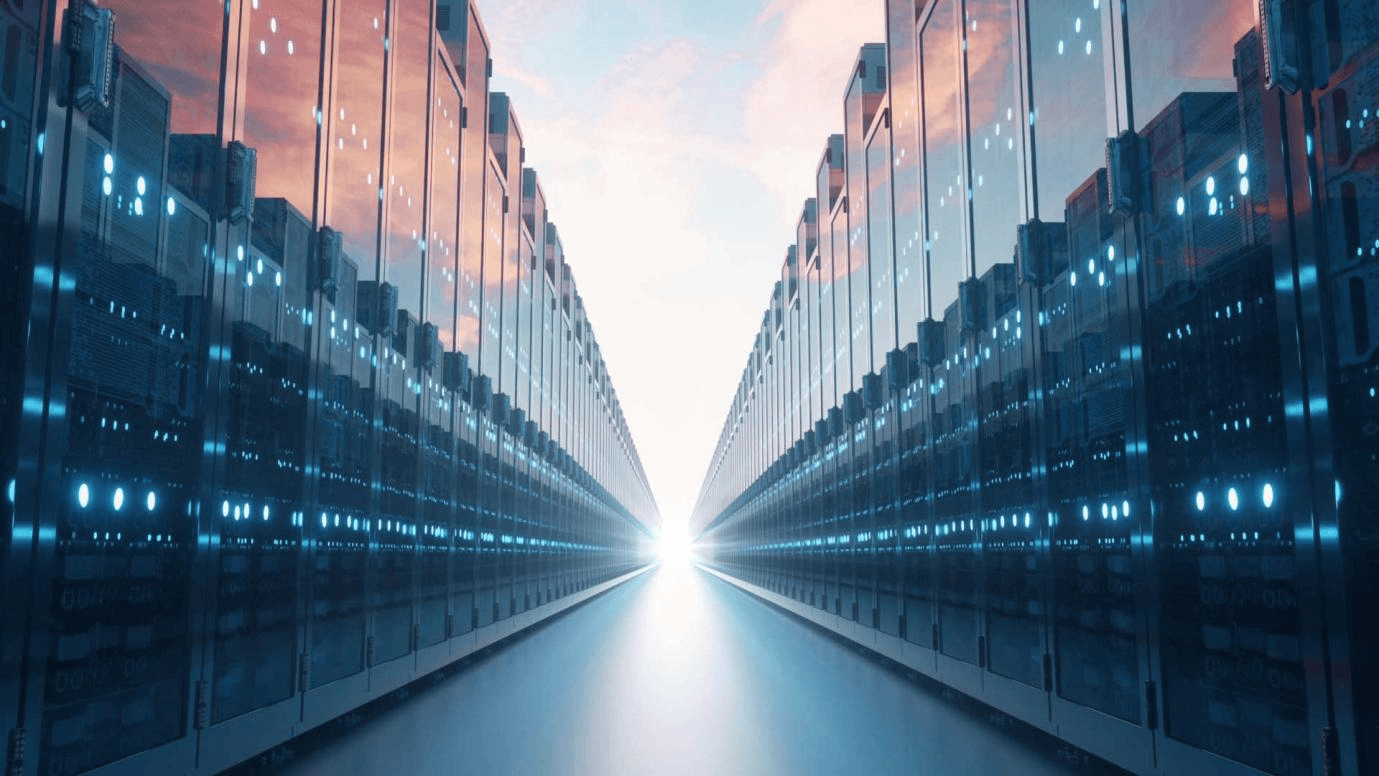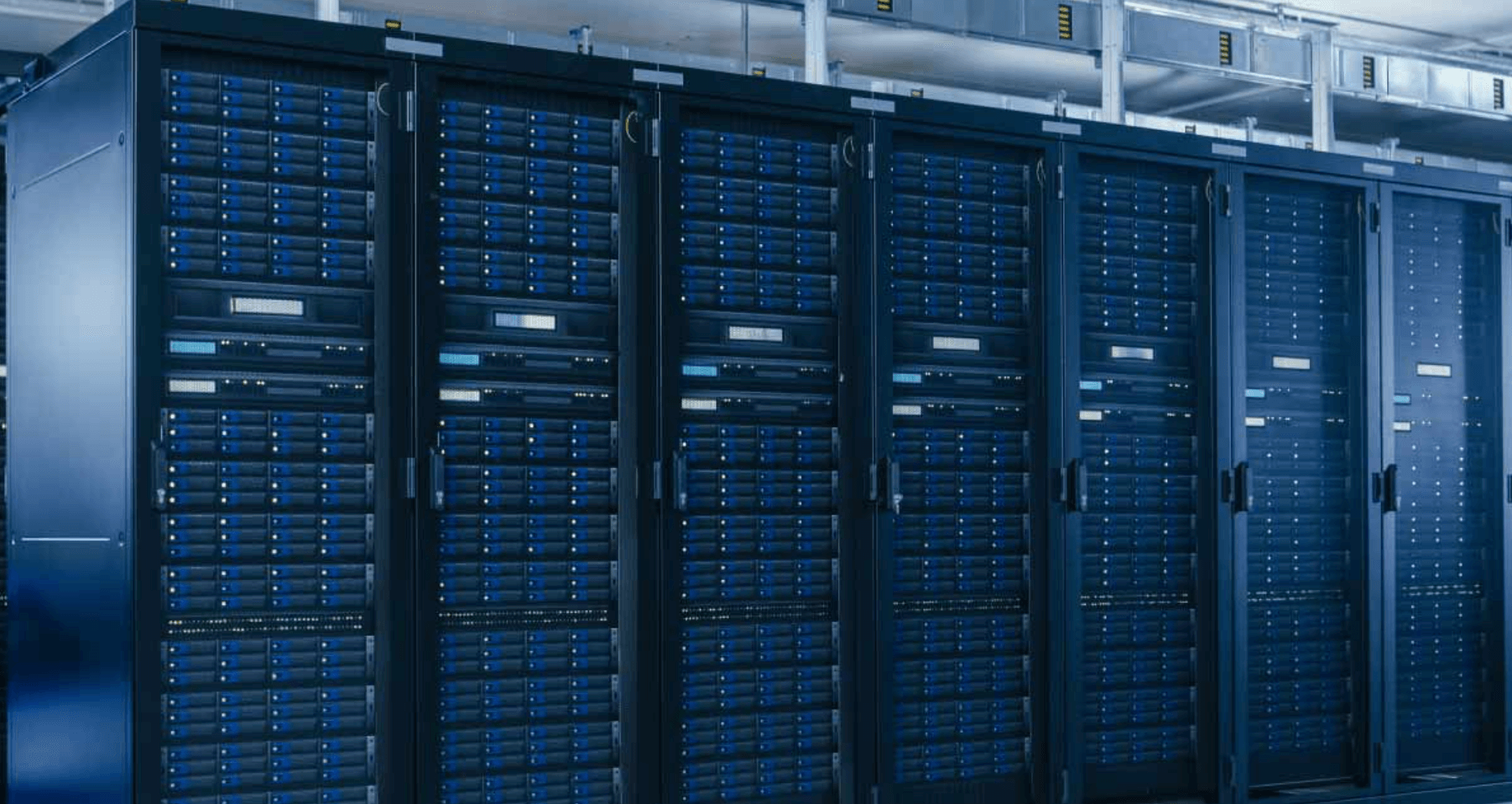Article submitted by Assetspire
With cloud computing and the ongoing acceleration of technological developments, an increasing number of businesses are turning their attention towards larger and more efficient hyperscale facilities to scale and meet their data storage needs.

Larger and more efficient hyperscale facilities are the wave of the future, but they face pressure from growing environmental and energy concerns. Image courtesy of Assetspire
Industry 4.0 (the fourth Industrial Revolution, focusing on interconnectivity, machine learning and real-time data) is here. And it’s undoubtedly hyperscaling that forms the backbone of this new era.
Yet, hyperscale data centers are up against increasing pressure, especially in a world with growing environmental concerns, soaring rates of energy consumption and sky high energy costs.
Data center managers are now turning to next-gen DCIM (Data Center Infrastructure Management) and implementing renewable energy sources in an effort to reverse the negative and costly effects of data centers.
What are the challenges faced by hyperscale data centers?
Hyperscale data centers are, as their name suggests, big. They benefit from both the advantages of bespoke engineering and economy of scale and therefore are able to outperform regular enterprise data centers.
The volume of data, storage capacity and computing power a hyperscale center can process is also significantly higher than an enterprise data center. Along with the sheer size of hyperscale data centers comes their own set of sizable challenges.
Energy management
In recent years, environmental guidelines to reduce emissions and go carbon neutral by 2030 have been introduced to balance all data centers’ rapidly increasing global share of energy consumption.
With the environmental implications of hyperscale data centers in particular at the forefront of governing bodies’ minds, effective data center management is required to improve energy efficiency
An essential, and power-guzzling, part of data center management is cooling. The vast amount of energy consumed by data centers can result in excessive heat generation which it is vital to control in order to protect systems from overheating and failing.
To overcome this, some hyperscale facilities are considering taking advantage of “free cooling” to save on their cooling costs by migrating their data centers to cooler climates. Others are finding smart DCIM to optimize their cooling and energy usage.
Energy costs
You’ll typically find hyperscale data centers located in areas with access to cheap energy and lots of space, such as rural areas or industrial parks.
All those extra servers mean cooling is a significant challenge, and hyperscale data centers are designed to have high ceilings and lots of open space to allow for efficient cooling, alongside the usual cooling methods. The cost of cooling, as well as running racks upon racks of servers, is still extremely pricey.
Power outages / resiliency
Recovery times for outages are limited to staff’s ability to respond on the ground. Once an alert has been sent, more often than not downtime is already happening, costing valuable time and money.
With outages becoming more and more common in hyperscale data centers, being able to react quickly to downtime — or even prevent it in the first place — is incredibly important.
Sustainability
Climate neutrality and sustainability is the big one. Hyperscale data centers need an accurate system to track sustainability goals and measure global impact.
The best way to achieve sustainability is to work on energy efficiency, which, as we mentioned earlier, is a huge task in itself. Renewable energy sources and better energy monitoring is the way for a more sustainable future. Easier said than done!
Security
The sheer amounts of valuable data held at hyperscale data centers makes them an extremely attractive target to hackers.
A cyberattack could be devastating, resulting in downtime, fines and huge financial losses, which not only affect hyperscale data centers themselves but also the hundreds, thousands or even millions of users.
Sophisticated security systems need to be in place to detect cyberattacks as well as measures to respond to them and minimize disruption.
Space utilization
All data centers waste a vast amount of their valuable energy budget on energy-squandering idle and obsolete servers. Among thousands or even hundreds of thousands of servers, it’s not glaringly obvious when servers are running unused or whether energy ought to be diverted elsewhere.
Without an accurate overview of all assets, it’s impossible to properly manage obsolete and outdated equipment that will be eating into energy budgets.
What are the benefits of an environmentally friendly hyperscale data center?
Quick action needs to be taken to rectify past eco damage and reduce data centers’ carbon footprint, particularly hyperscale data center’s colossal contribution.
The UN’s 2021 IPCC Report has taken the first step and advised critical and drastic measures must be taken against our effect on climate change, leading to operating bodies setting carbo neutral goals by 2030.
As we know from last year, heatwaves across the globe brought some data centers to a standstill when multiple servers failed due to high temperatures.
Environmental monitoring keeps data centers running smoothly and prevents any unexpected outages or irregularities that can cause damaging downtime or data loss.
It’s absolutely crucial to monitor environmental factors like temperature and humidity to enable quick action if equipment malfunctions. The added benefit of environmental monitoring is that it also offers the opportunity to reduce energy wastage through efficient cooling processes.
DCIM is the solution to hyperscale data centers’ challenges
Although hyperscale data centers are more efficient and emission sensitive than traditional data centers, they are still undeniably absolutely massive… and anything that big uses a lot of resources.

With the help of DCIM to monitor and manage the performance of their computing resources, hyperscale data centers are evolving to be more efficient and emission sensitive. Image courtesy of Assetspire
The size of the physical space and computing power within places immense demands on power for operating, processing and cooling. With the help of DCIM to monitor and manage the performance of their computing resources, hyperscale data centers are evolving to be more efficient and emission sensitive.
While maintaining the highest standards of performance possible, hyperscale data centers can remain compliant with industry regulations through a closely monitored data center environment allowing for necessary adjustments to be made. In this way, you can be sure of uninterrupted uptime and data security.
With enormous facilities and endless rows of servers, DCIM:
- Optimizes ever-increasing demands on power
- Enhances cooling and other data center elements to maintain a consistent level of service delivery
- Ensures that all components within such a huge facility are working seamlessly together for maximum efficiency
- Reduces those sky-high costs and increases profits
- Keeps hyperscale data centers running smoothly
- Alerts operators when a threshold has been reached
- Ensures maximum uptime
- Enables improved visibility into the performance of each and every individual component and system
- Offers detailed analytics and reporting capabilities
- Allows proactive monitoring of any potential issues and corrective action being taken before they become critical
- Provides essential insights into how the infrastructure is being used
- Allows for more effective planning and utilization of resources.
And if you want to truly transform, future-proof and optimize your hyperscale data center to the max, next-gen DCIM by Assetspire is a way forward. It will help you work smarter, manage vital components, save energy and, most beneficially, save money! Assetspire’s DCIM software represents a new opportunity to effectively maximize control and visibility of your critical hyperscale data center space.




